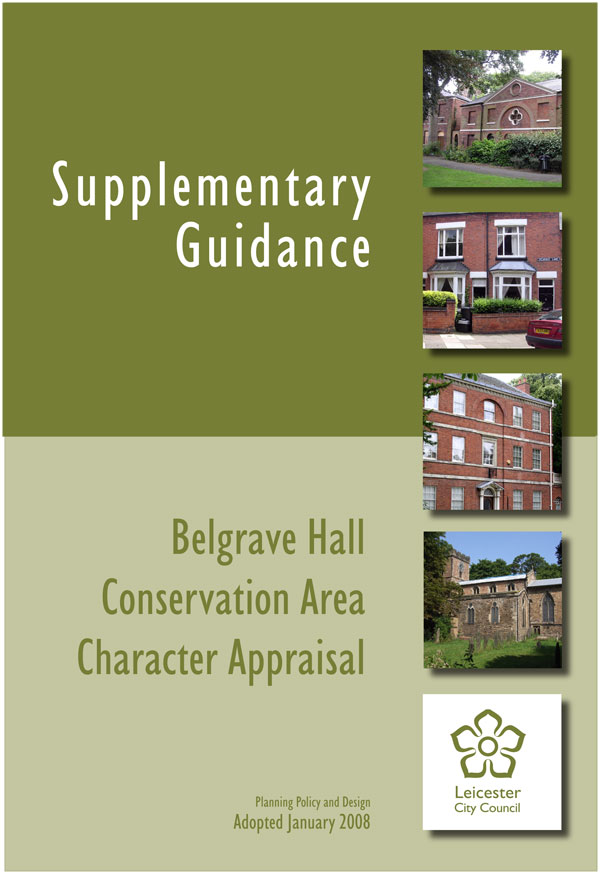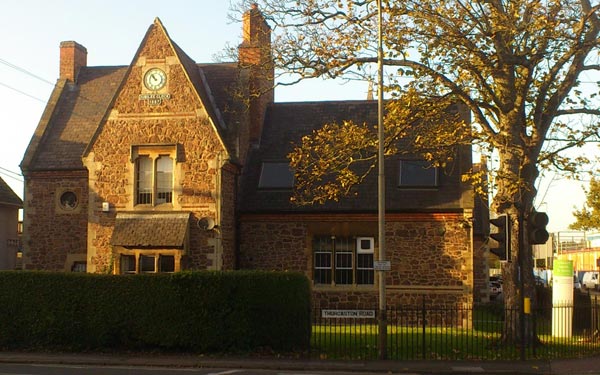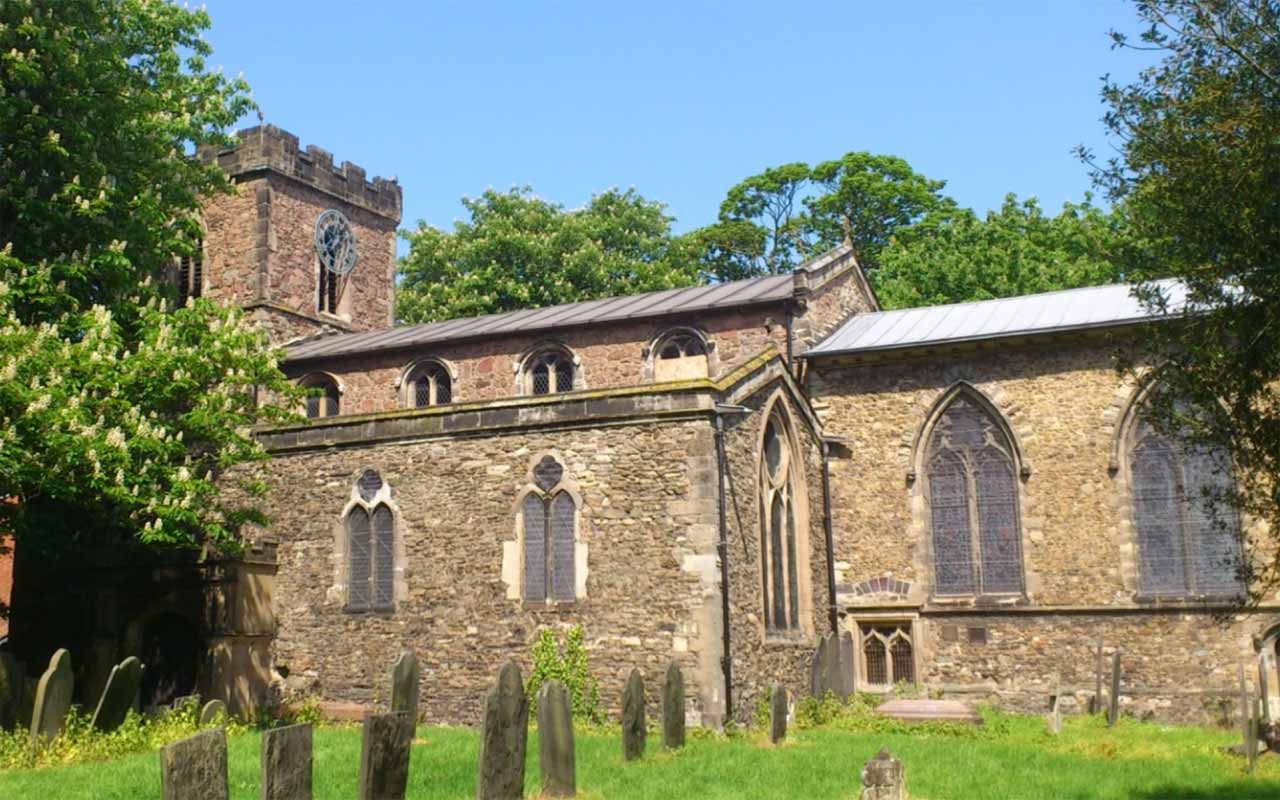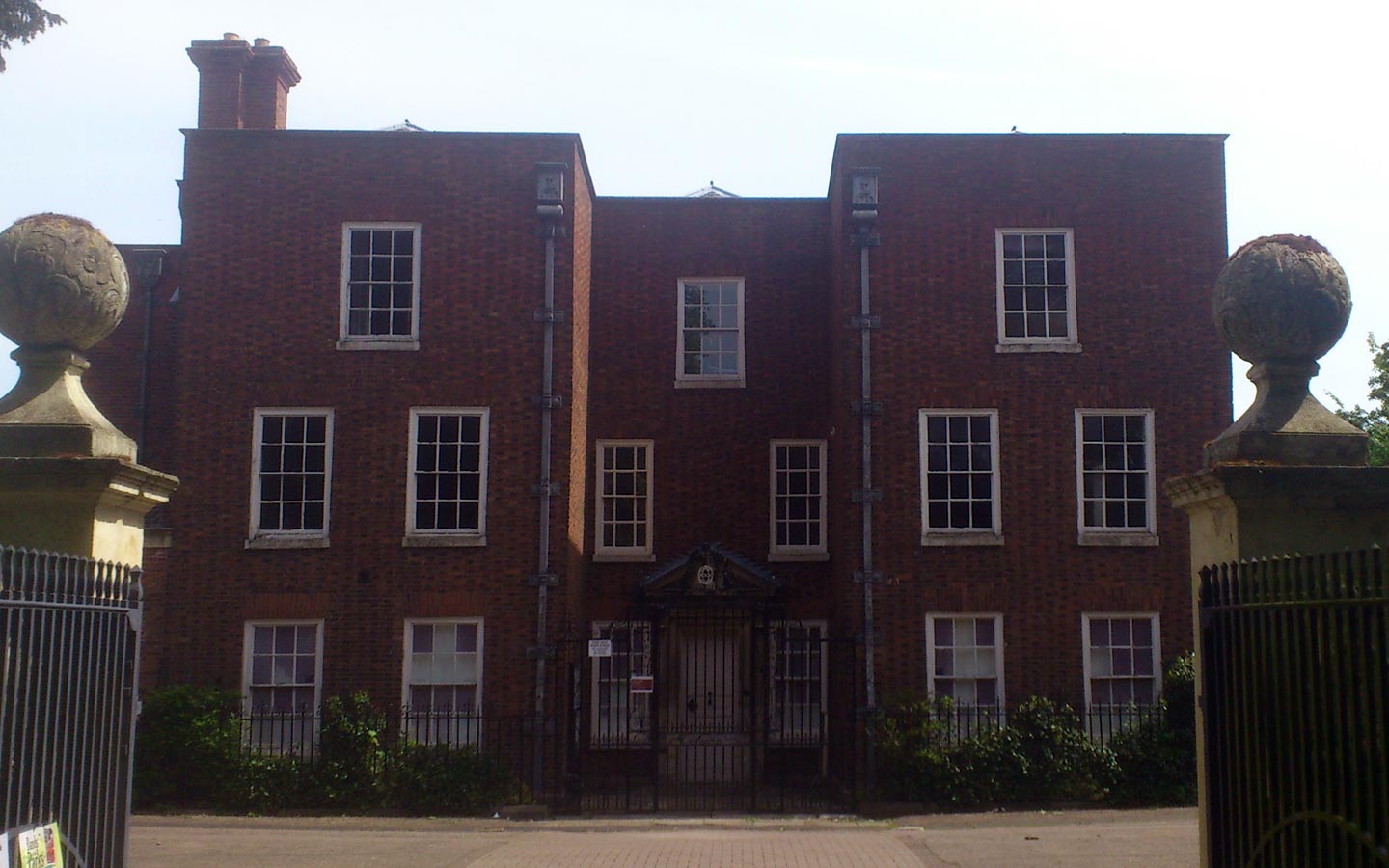Welcome to the Belgrave Hall Conservation Area Society Website
The Belgrave Hall Conservation Area Society is an independent group dedicated to retaining the past, maintaining the present and securing the future of the historic Belgrave Hall area of Leicester.
The BHCAS was formed in October 2012 when the Leicester City Council announced plans to close Belgrave Hall as a free-to-enter public museum and turn it into an events / wedding venue.
Although the issue with Belgrave Hall is a major part of our work, we are concerned with other matters. This includes the future of St. Peter’s Church and planning applications submitted that may have an impact on the Conservation Area.
Contact us for more information:



